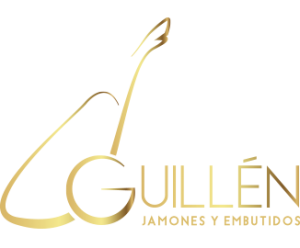HISTORY
- It is not known for certain where its origin lies, but we know what mother breeds it comes from. These three breeds are: The European Wild Boar (“Sus Scrofa”), the Mediterranean Wild Boar (Sus Mediterraneus) and the Asian Wild Boar (Sus Vittatus). The Iberian races spread over the Mediterranean and African coasts, settling principally in the peninsular southwest, in zones where the pasture formed by oaks, cork trees, oak woods and chestnut-trees are found. These regions occupy the areas of the South of Salamanca, the whole of Extremadura and the North of Andalusia, in addition to the provinces of Algarve and Alentejo in Portugal.
- From the Romans, pigs were considered as an animal that could not be absent in the best banquets and celebrations. Soon they turned this animal to a symbol of wealth and abundance, which was a great social badge. During the Middle Ages and the Renaissance epoch, the pig became domesticated and since then the same products from this animal have been produced.
- Throughout time it has been a question of increasing the infiltration of fat into the muscle of these animals, in order to favour the preservation of the products derived from the Iberian pig in periods and areas where their ideal conservation was not possible. This additional fat provides an extra quality to the final product and it is responsible for transmitting the aromas of the products derived from the Iberian pig. These fats prevent the dehydration of the products and provide juiciness and tenderness to all the products that are made. In addition, it has been demonstrated that these fats have a beneficial effect on the health, due to the high percentages of unsaturated oily acids that contribute to the reduction of cholesterol.


















